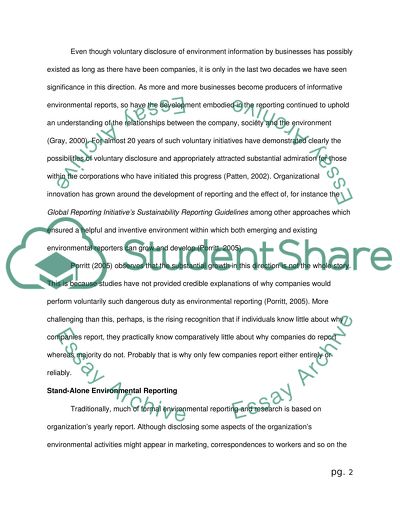Cite this document
(“A literature review on Environmental Reporting Coursework”, n.d.)
Retrieved from https://studentshare.org/finance-accounting/1416208-a-literature-review-on-environmental-reporting
Retrieved from https://studentshare.org/finance-accounting/1416208-a-literature-review-on-environmental-reporting
(A Literature Review on Environmental Reporting Coursework)
https://studentshare.org/finance-accounting/1416208-a-literature-review-on-environmental-reporting.
https://studentshare.org/finance-accounting/1416208-a-literature-review-on-environmental-reporting.
“A Literature Review on Environmental Reporting Coursework”, n.d. https://studentshare.org/finance-accounting/1416208-a-literature-review-on-environmental-reporting.


